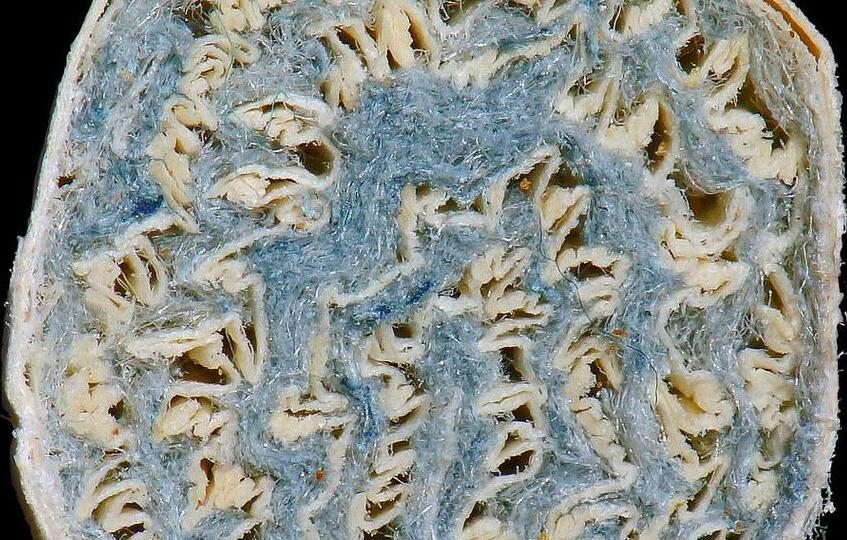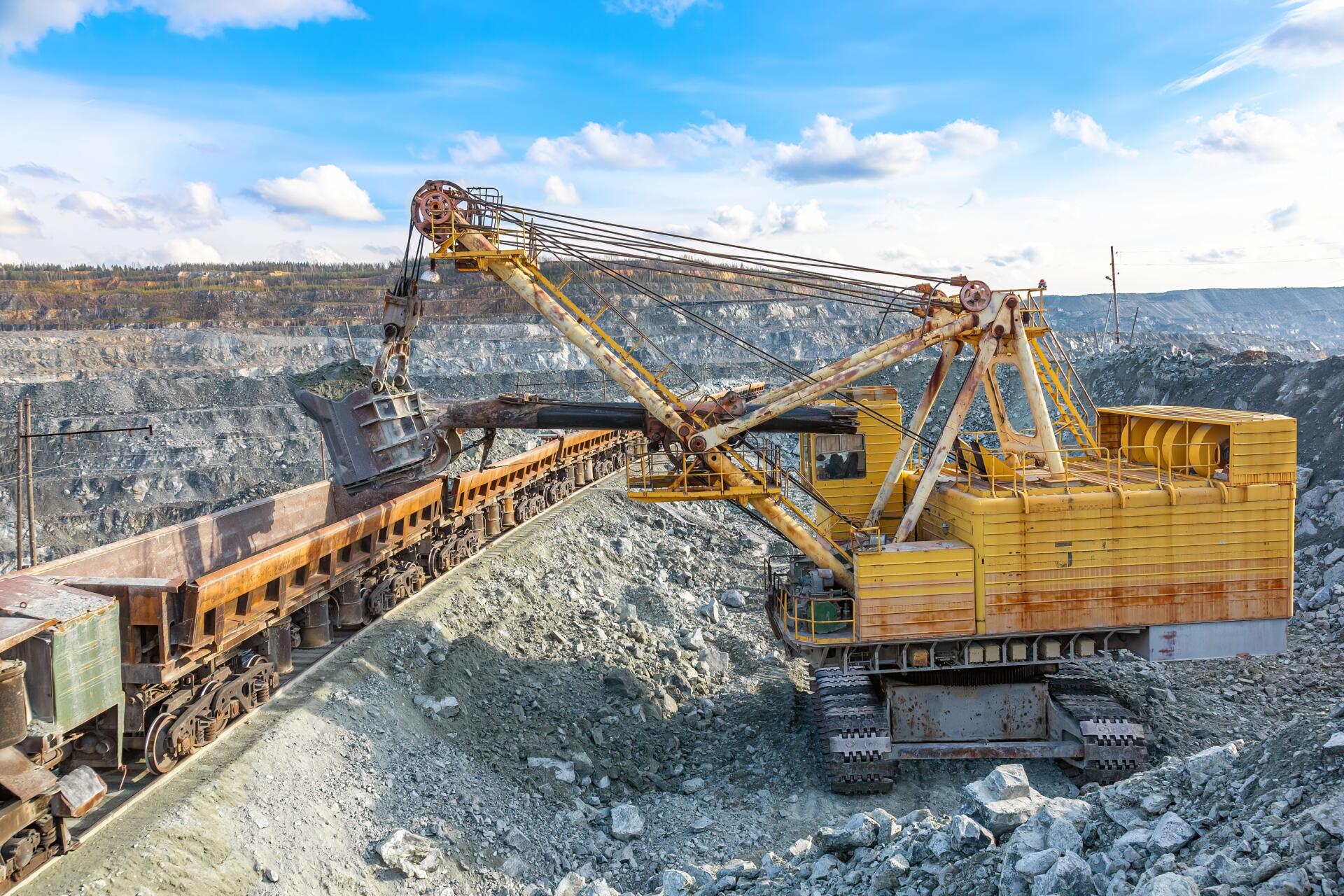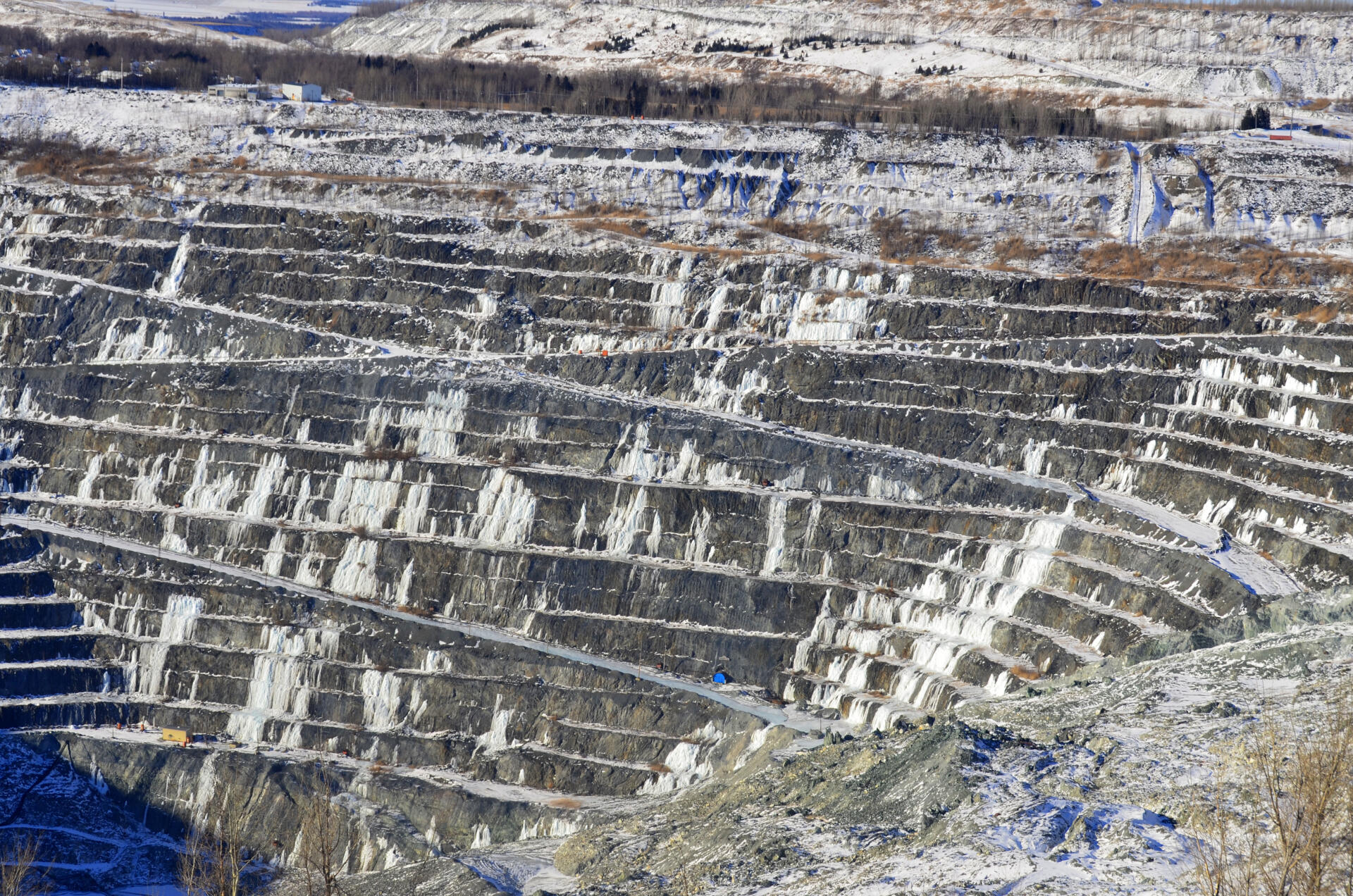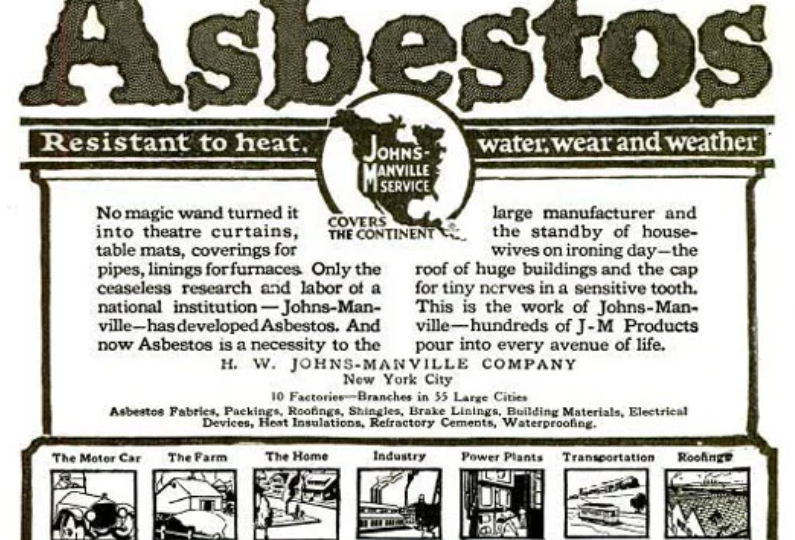
Asbestos mining
Posted

Asbestos mining
History of the mines
Many countries have mined asbestos over the years. While some have stopped the mining production all together due to laws or low/empty reserves, others are still shockingly in operation today. Let’s take a look at some of these countries.
Austrialia: Crocidolite (Blue asbestos), the most hazardous types of asbestos, was mined in the Western Australia town of Wittenoom from the 1930s until 1966 when the Wittenoom mine was shut down. Australia finally started regulating asbestos products in the late 1970s. I will write a blog on this former asbestos mine which has now become a dangerous tourist attraction.
Brazil: The only current asbestos mine in Brazil is located in the town of Minaçu. This is one of the largest Chrysotile asbestos mines. The use of asbestos is banned in Brazil but they still export hundreds of thousands of tonnes to the Asian market. Hauling the raw asbestos material thousands of miles.
China: The first asbestos mine in China was opened by occupying Japanese military in the 1940s. Today, all of the asbestos mined and imported to China is Chrysotile (White asbestos). China is still mining and consuming hundreds of thousands of tonnes of asbestos today.
Canada: Canada was one of the largest asbestos producer and exporter for decades. The main source of this was from the town called Asbestos in Quebec. This was the location of the worlds largest asbestos mine called Jeffrey mine. Canada halted operations in 2011.
Russia: Russia is the largest producer of asbestos by a country mile. While much of the world either has banned or strongly regulated asbestos mining and use. Russia mostly has ignored the warnings, and the city of Asbest continues to embrace the industry with a passion that borders on addiction. You only have to look at the town on google earth to see the huge impact asbestos mining has on the landscape and the growing town has been built around these open cast mines.
South Africa: South Africa was once a global leader in the production of Crocidolite and Amosite, supplying approximately 97% of the world’s Crocidolite and practically the entire world’s Amosite. In 2008, South Africa banned asbestos. The ban prohibits the importation and exportation of asbestos, as well as the use and manufacturing of the mineral. Mines such as the Koegas mine and town have now been cleaned up by the government with the tailings sown with grass.
Uk: The uk has only ever imported asbestos and never mined it. No sources of asbestos have been found within the uk. The use and importation of asbestos in the uk was finally banned in 1999.
Asbestos mining today
According to a 2019 report from the U.S. Geological Survey asbestos mine production and reserves shown here:
Countries mine production (In tonnes) of 2018
Brazil – 100,000
China – 100,000
Kazakhstan – 220,000
Russia – 650,000
World total (Rounded) – 1,100,000
Reserves
Brazil – 12,000,000
China – 96,000,000
Kazakhstan – Large
Russia – 110,000,000
World total (Rounded) – Large

The World Health Organization (WHO) argues that the best way to eliminate asbestos related diseases is to stop mining and using the mineral. That’s not really an argument and more of a fact.
These countries producing and consuming need clamping down on. They see income over health unfortunately. Russia alone generates an estimated $600 million in revenue from asbestos exportation.
Some frightening statistics! Showing some countries that are happy to mine and export but won’t allow asbestos materials to be used within their countries
We will try to update these facts when more recent surveys have been carried out.
FAQ:
Q: Which countries are still actively involved in asbestos mining?
A: As of now, some of the main countries still engaged in asbestos mining include Brazil, China, Russia, and Kazakhstan. Brazil primarily mines Chrysotile asbestos, while China focuses on Chrysotile as well. Russia, on the other hand, produces various types of asbestos, and Kazakhstan mines primarily Chrysotile.
Q: How do countries with bans or regulations on asbestos still export it to other markets?
A: Despite bans or regulations in their own countries, some nations continue to export asbestos to markets where its use is less regulated or where there’s still demand for asbestos-containing products. This often involves long-distance transportation of raw asbestos materials.
Q: What are the current global production levels and reserves of asbestos?
A: According to a 2019 report from the U.S. Geological Survey, the global asbestos mine production in 2018 was approximately 1.1 million tonnes, with Russia being the largest producer. As for reserves, countries like Russia, China, and Kazakhstan hold significant amounts. However, efforts are being made by organizations like the World Health Organization to advocate for the cessation of asbestos mining to mitigate associated health risks.
Further Reading




